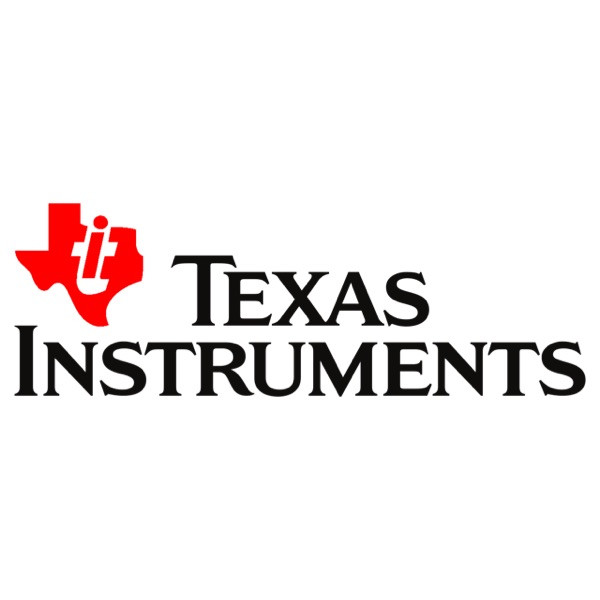Ultra-low IQ step-down converter maintains high efficiency
30-07-2018 | Texas Instruments | Power
The TPS6280x device family, from Texas Instruments, is a step-down converter with a typical quiescent current of 2.3µA and features high efficiency and a small solution size. The device's DCS-Control topology permits the device to work with tiny inductors and capacitors offering a switching frequency up to 4MHz. Under light load conditions, it smoothlessly begins Power Save Mode to reduce switching cycles and maintains high efficiency.
Joining the VSEL/MODE pin to GND selects a fixed output voltage. With a single external resistor connected to VSEL/MODE pin, 16 internally set output voltages can be picked. An internal R2D (resistor to digital) converter indicates the external resistor and sets the output voltage. The same device part number can be employed for different applications and voltage rails just by replacing a single resistor. Moreover, the internally set output voltage gives better accuracy in comparison to a traditional external resistor divider network. Once the device has fired up, the DC-DC converter begins the Forced PWM Mode by employing a high level at the VSEL/MODE pin. In this operating mode, the device operates at a typical 4MHz or 1.5MHz switching frequency, allowing lowest output voltage ripple and highest efficiency. The device series comes in a small six-pin WCSP package with 0.35mm pitch.

By Electropages Admin

TPS62800

